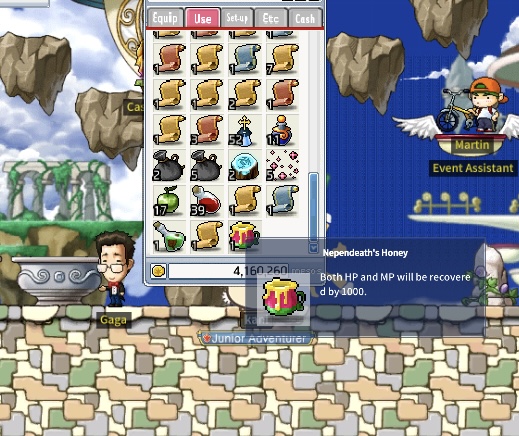weelky-0004
#1
made 真正意義上的 maya plugin
learned
- what is
.mod - working format for a plugin (some interfaces/methods are required and is diff between api 1.0 and 2.0)
- what is
scripts/ userSetupdoesn’t work at all (even security off)
#2
思考放長假的必要…
或許需要限制一週開發的進度,達到了就果斷休息。
開會,比認知中還要耗費精力,即使只是參與。
#3
目前日文線上課程
- 優點:有框架、比較有方向
- 缺點:做題時不立即有感->無反饋
覺得聽日文podcast比較有趣,也比較聽得懂;但可能對考試沒有立即性幫助
which is more important?
- 學習日文的心
- 高效攻克測驗
#4
added Dubrovnik to to-go list
有沒有可能去這樣的地方然後還有錢賺?
#5
六月有機會去 LA 出差,想藉機去曠野

Photo by Victor Yuyang Luo on Unsplash
#6
火毒 LV 57